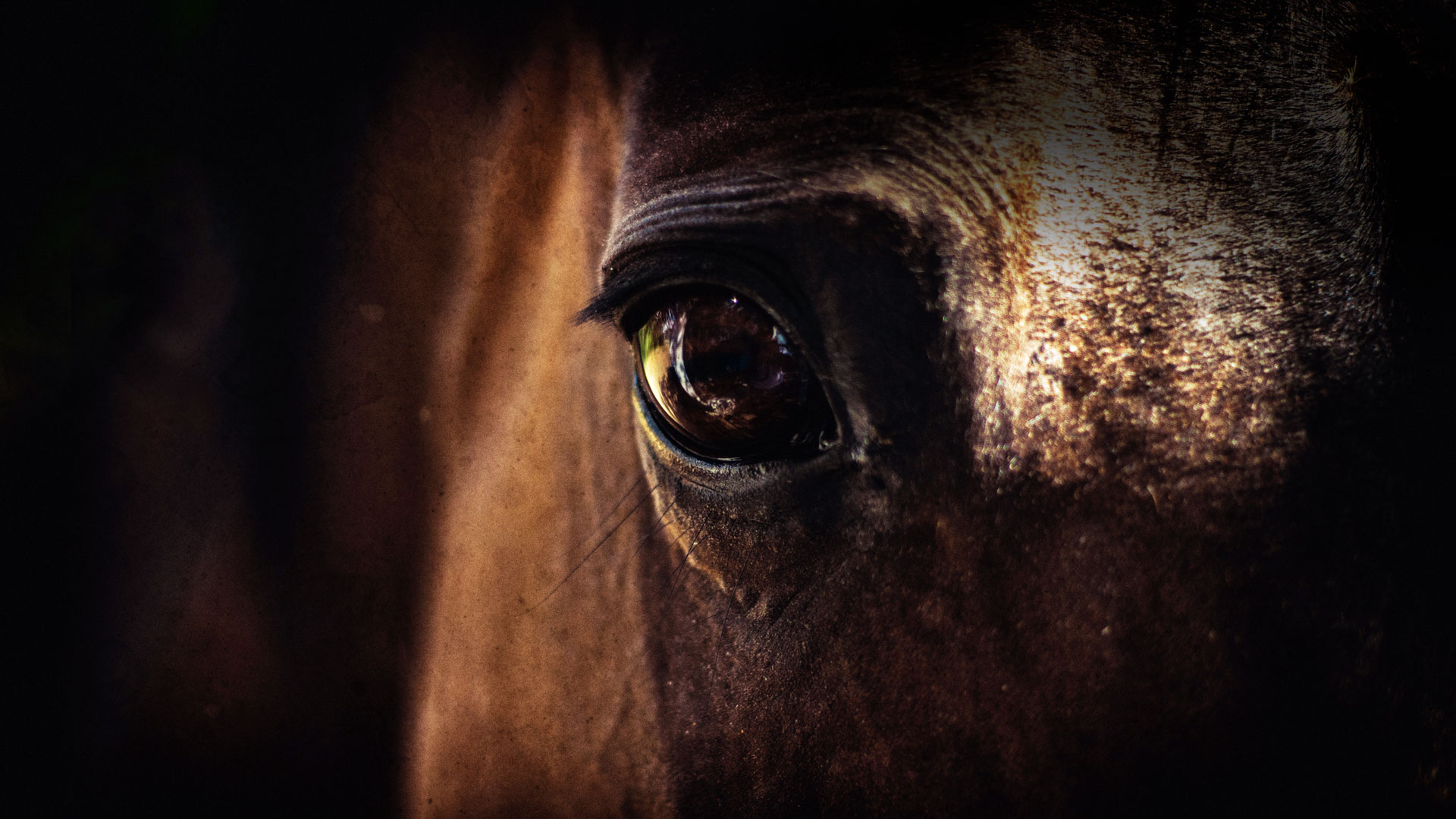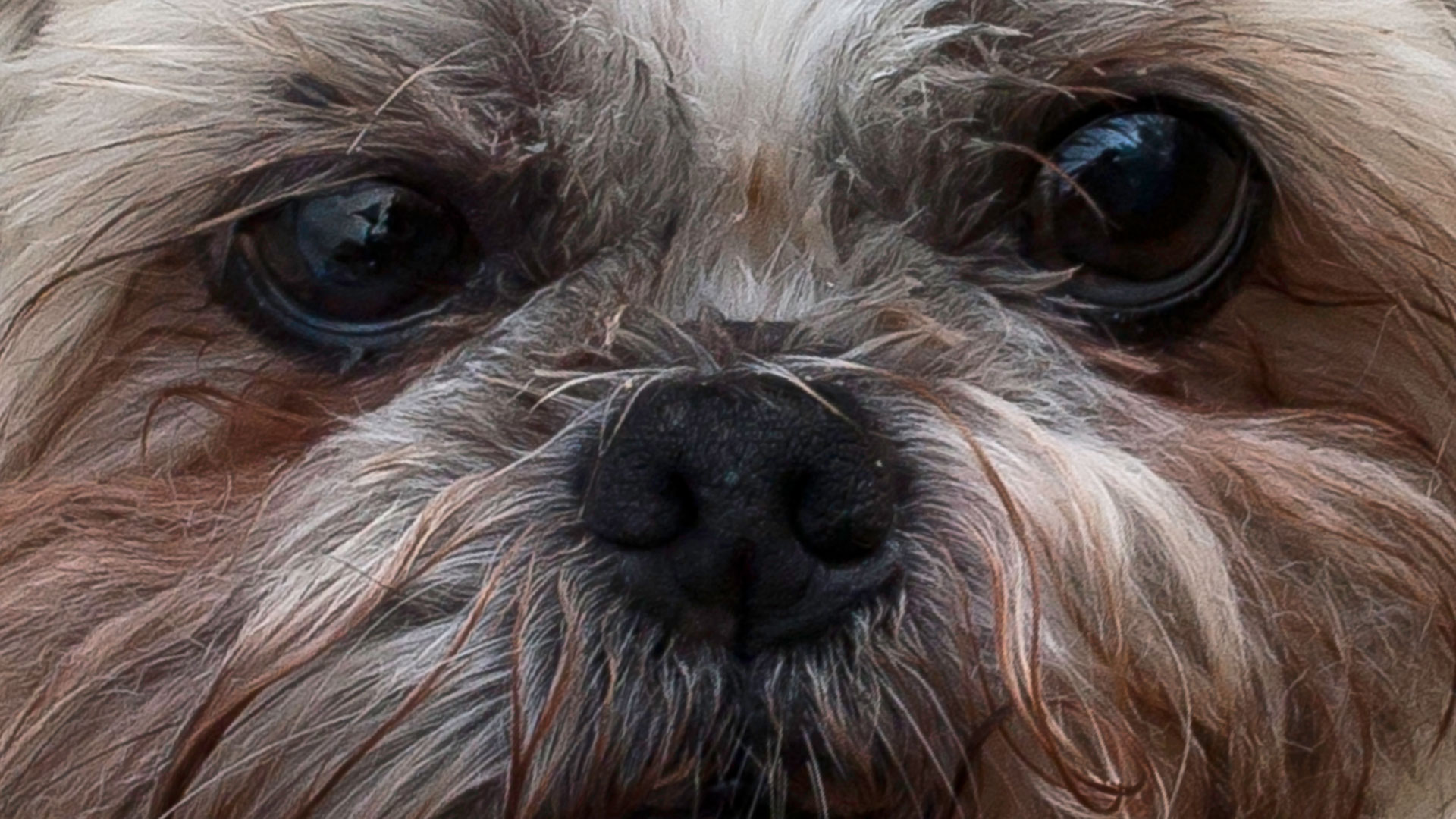ABOUT THE CENTER
Horse and pet rehabilitation center EQUUS VITALIS was founded in January 2008 with the purpose of rehabilitation to animals who suffer from walking difficulties. Walking difficulties that occur in horses are often a result of sport horse injury, injury related to running across a field, inadequate training or as a result of using inappropriate equipment. Regarding the dogs, difficulties in walking can develop while in puppyhood as a result of hereditary disorder of the musculoskeletal system. The most common are skeletal and joint disorders such as hip and elbow dysplasia. In later years common problems become injuries or problems with the spine, while older dogs often experience problems with arthritis and degenerative disorders of the spinal column and cord. Rehabilitation can prevent or prolong the appearance of some problems, especially injuries in sport horses and working dogs as well as hip and elbow arthrosis in young dogs diagnosed with dysplasia. Postoperative rehabilitation speeds up recovery time allowing a quicker return to normal life. Great results can be achieved in working with senior dogs as regular rehabilitation treatmants keep them vital and active.











































